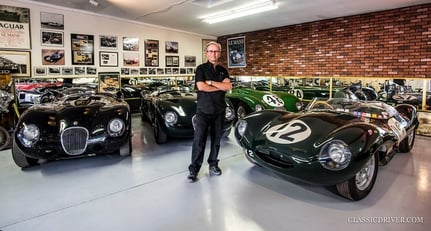Once a car guy, always a car guy
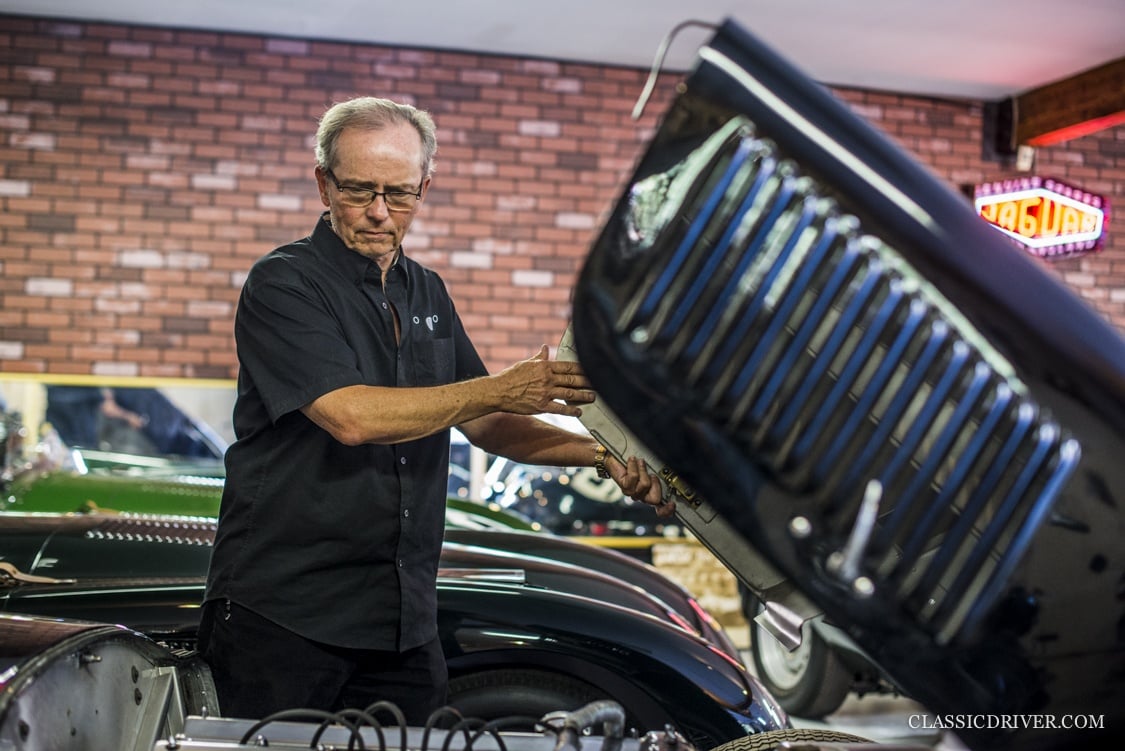
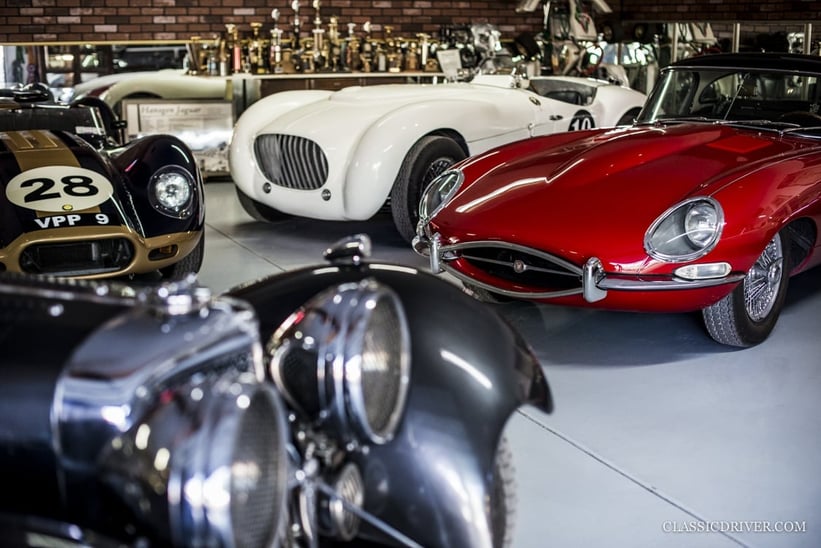
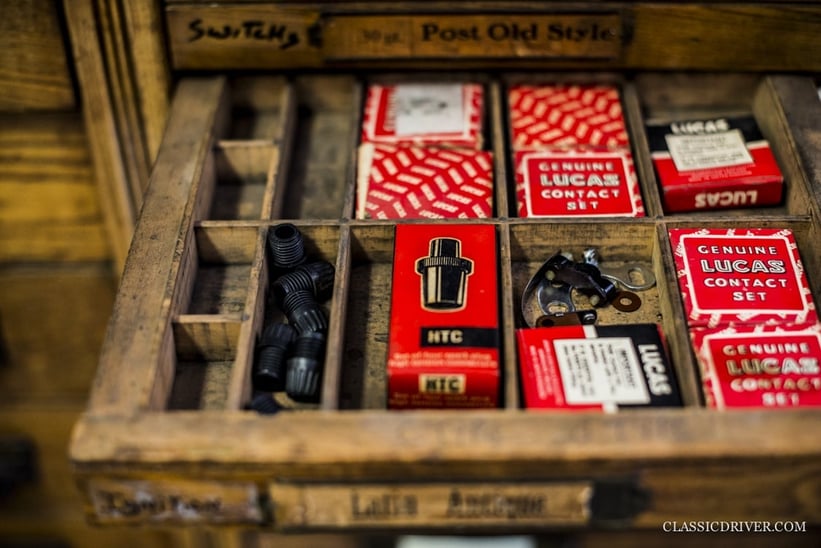
“I’ve been a car guy as long as I can remember,” recalls Terry Larson, as we leave the balmy Arizona air and descended towards the workshop, which serves as the home of his classic car restoration business. “I can remember saving money for a car when I was eight years old!” An interest in all things mechanical was inevitable for Larson, having grown up on a farm, but a lifelong fascination with the cars from Coventry was perhaps less expected.
Having graduated from an automotive trade school in Phoenix (and subsequently moved to Arizona permanently), Larson wound up working as a mechanic at a Datsun dealership. But the evocative ‘Z’ cars did little for him. “I bought a small metal shed in which to keep my tools and do some jobs on the side,” he remembers. “And this was when I bought my first Jaguar.”
A joyous Jaguar
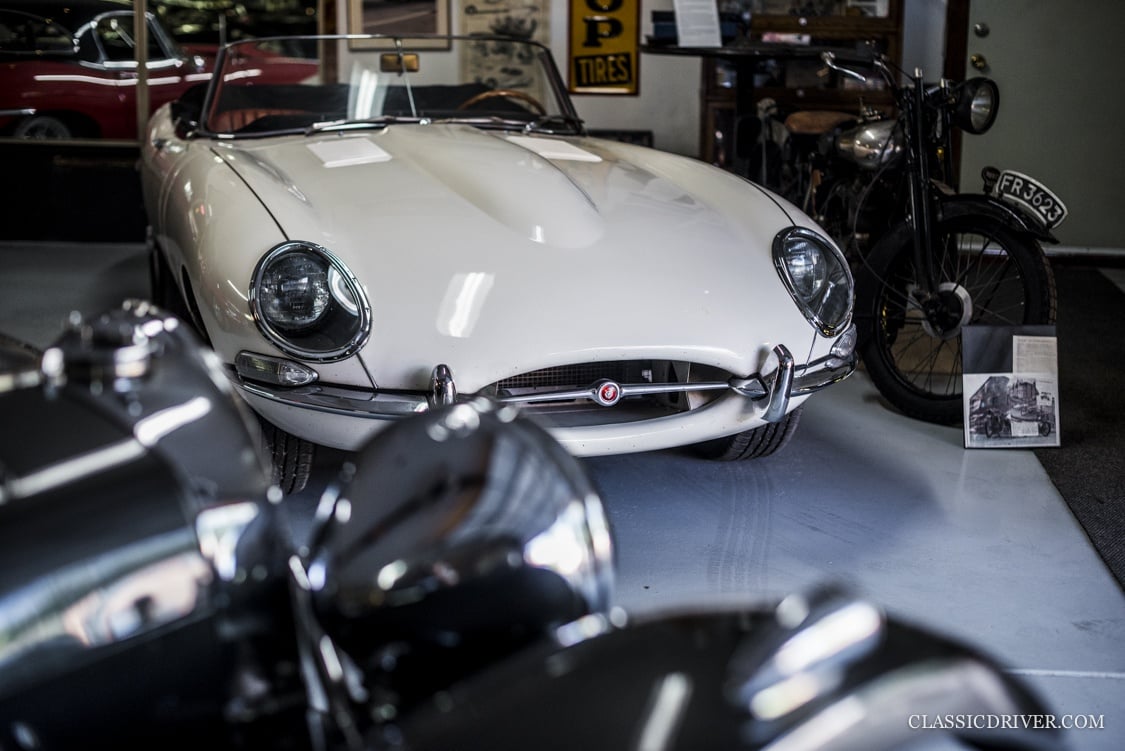
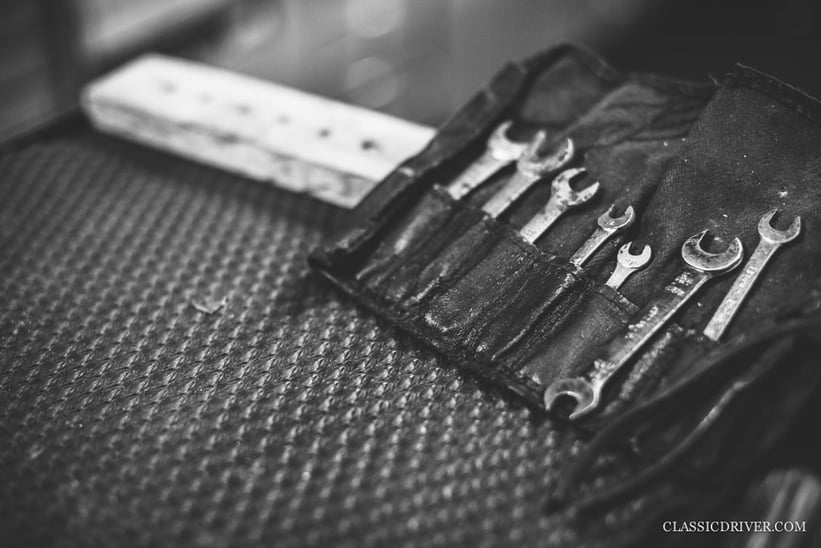
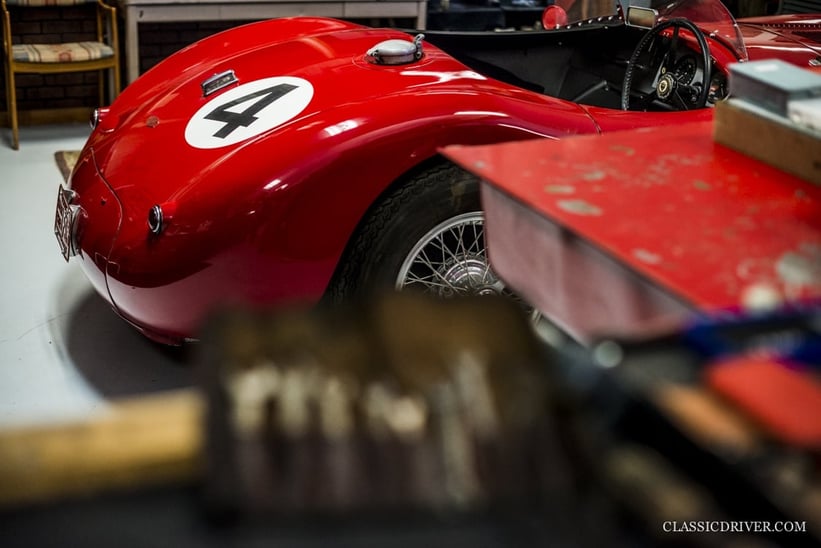
Having read a road test of the new E-type in Road & Track magazine, an impressionable Larson sought a shabby coupé on which to hone his restoration skills. “At first, I loved the styling and the dash. But later, I learned to love the engineering and the technology — I thought they were amazing cars, and I still do.”
The fulfilling experience prompted Larson, by then married to his wife Darlene, to quit his day job and pursue a career doing what he truly enjoyed: restoring old cars. No stranger to hard graft, he became self-employed and taught himself on the job, working on a succession of personal (predominantly Jaguar) projects, in addition to a number of customers’ cars. “It wasn’t easy,” he explains, “But I believed that if I worked hard, did the best I could, and treated people fairly, I could make a living from doing what I loved.”
By the early 1980s, Larson had already forged a solid reputation, particularly among the American Jaguar fraternity. In 1984, he bought a plot of land in the foothills of Mesa and built his wonderful belowground workshop — and aboveground home — from scratch. “We sold our first home and our cars to finance the project.” The sacrifice was worth it.
Quiet, cool
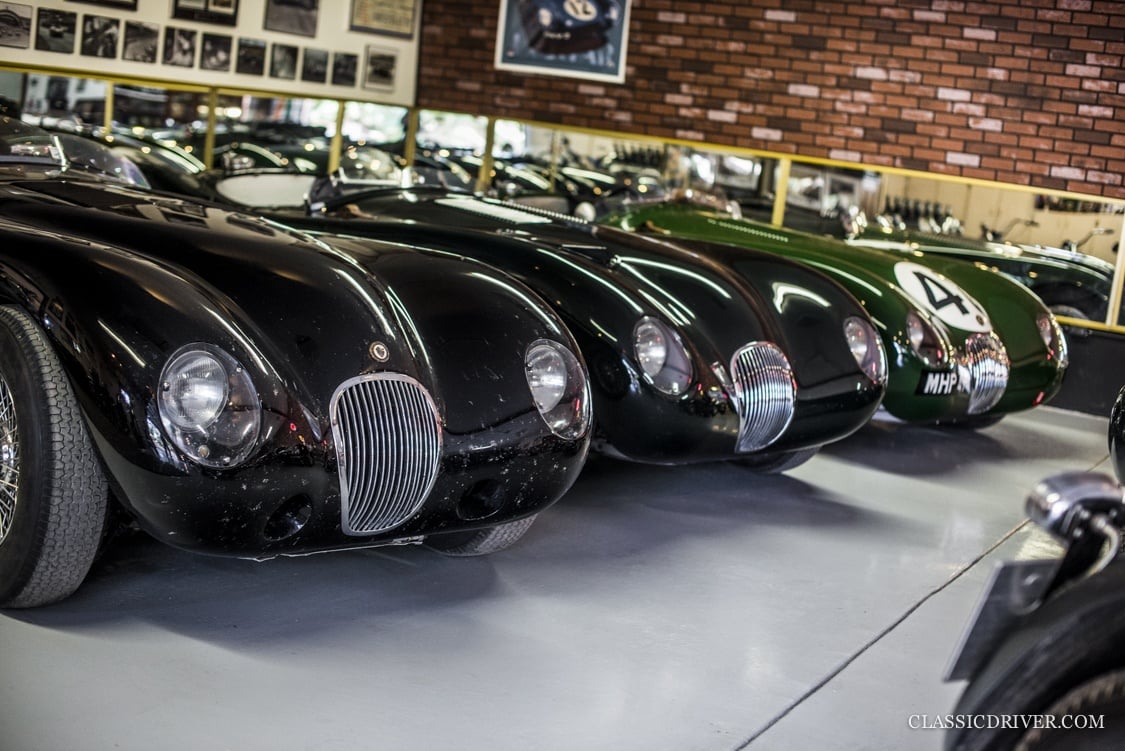
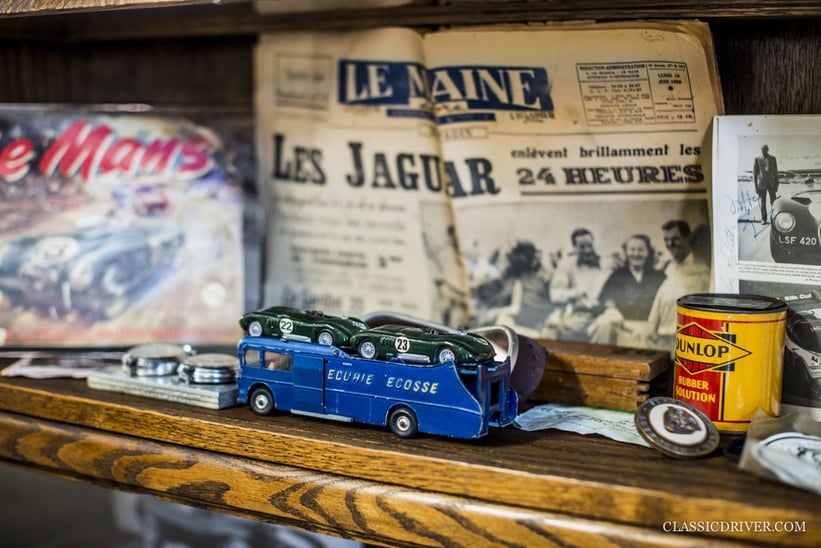
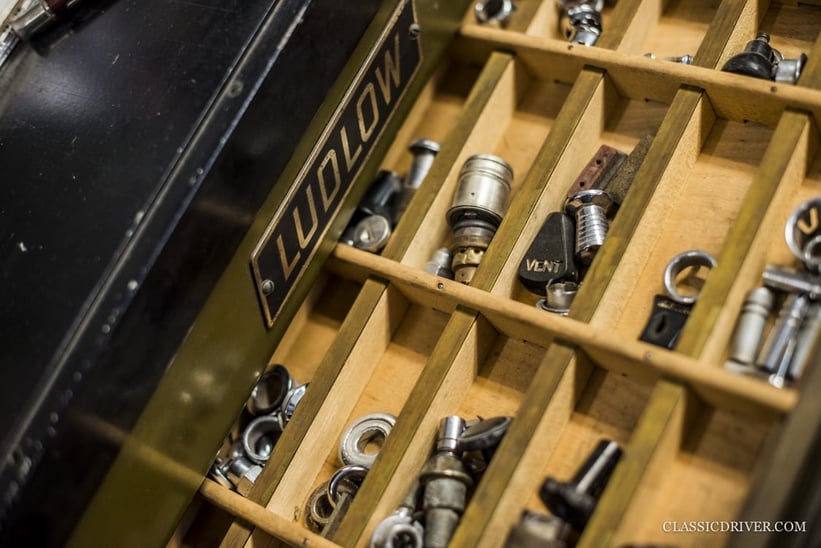
Quiet and cool, the building has, over the last three decades, come to resemble a museum of sorts, housing — in addition to a generous handful of the world’s most storied Jaguars — documentation, automobilia, Larson’s trophies, and treasure chests spilling with tools and spare parts, much of which came from the Browns Lane factory in Coventry. In fact, it’s hard not to think you’re in England, such is the scene. It’s quite magical.
Interest in, and demand for, blue-chip classic cars had soared by the late 1980s, and it was then that Larson first added a C-type, the model with which he is perhaps most closely associated, to his growing collection. “I was able to sell XKC 007 fully restored straight to England,” remembers Larson, “but shortly afterwards, I found XKC 017, which I still own. I’ve done many tours and over 100 races with the car. There was only one DNF, when I snapped an axle shaft. The stub of the axle is now a door-stop in the workshop!”
An enduring invitation
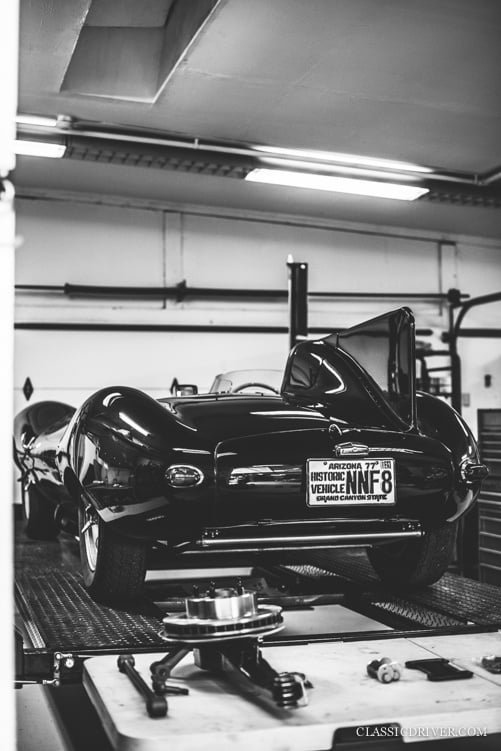
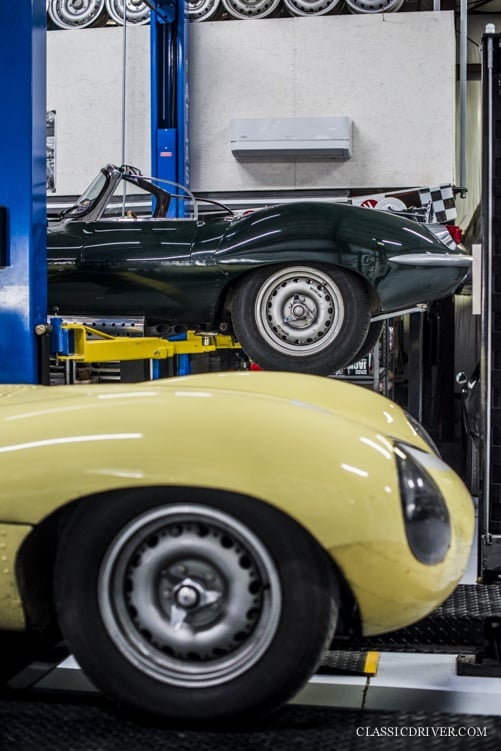
The following year, Larson was commissioned to restore his first Jaguar D-type, XKD 552, for a Swiss collector, who, subsequently, put it to good use on the Mille Miglia. Equally smitten with the aircraft-inspired sports racer, Larson bought XKD 513, which claimed 3rd place at Le Mans in 1957, and began to race and tour that car, too. Capitalising on the strength of the market, Larson continued to buy, restore, and sell significant Jaguars throughout the 1990s, including the famous SS90 prototype, which went on to win awards at Pebble Beach.
It was during this time, on the European C- and D-type cavalcades organised by the factory, that Larson met legendary Jaguar test driver Norman Dewis. The pair got on very well, and upon returning to the States, Larson pondered on how to get Dewis involved from across the pond. “When I got home, I called Norman and asked, ‘if we organised a tour for C- and D-type owners, would you like to join as our guest?’”.
Lightning strikes
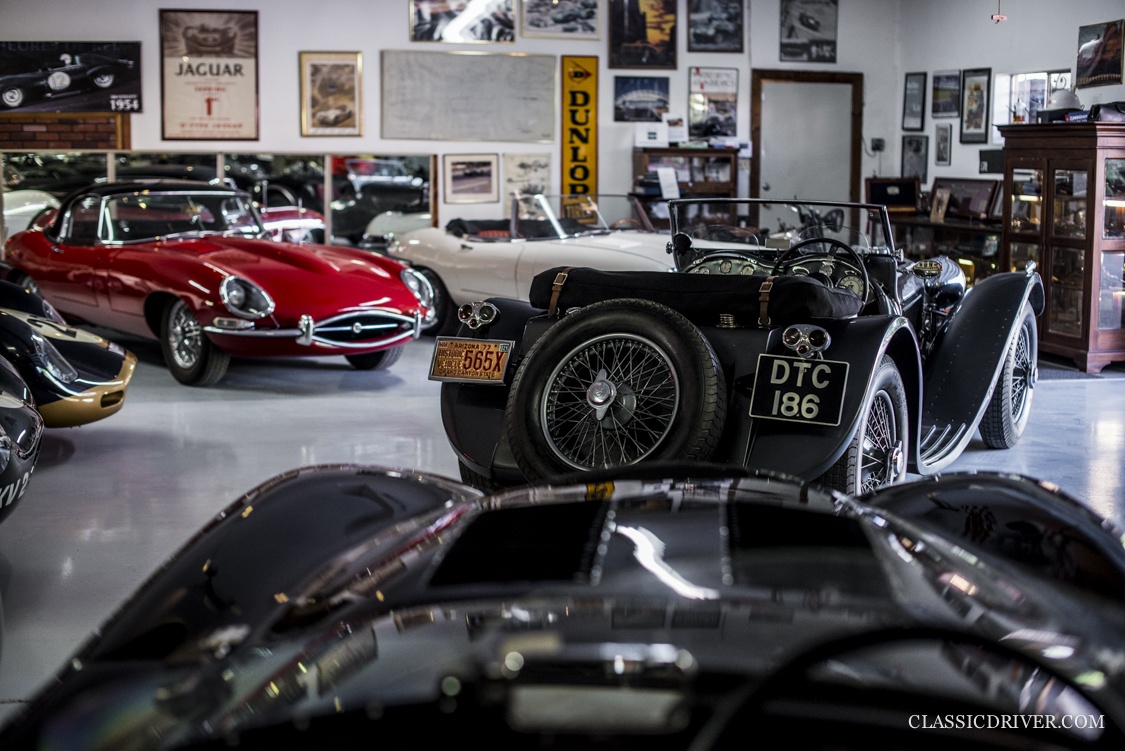
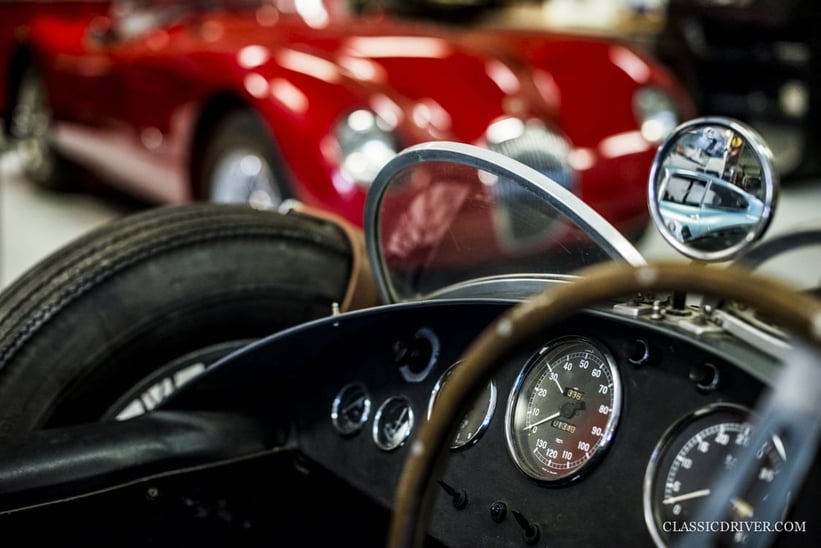
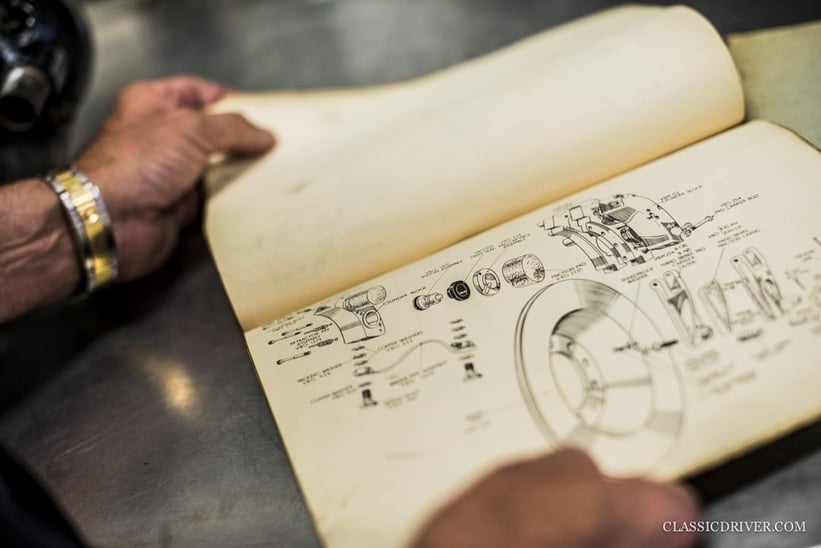
The answer was yes, and Larson’s tour, now in its 20th year, has become the US event for the owners of these special machines. “Dewis was always on duty — he just couldn’t shut off,” Larson recalls, fondly. “One day, we went to lunch in my E-type roadster, and he was always listening and checking the car out. As I pulled up to a traffic light, I looked at him and laughed. He smiled and said, ‘We sure got this one right, didn’t we?’ They sure did.”
In the late 1990s, lightning struck twice — Larson was injured in a car accident and, almost simultaneously, diagnosed with cancer. But despite the adversity, he continued to work hard to ensure projects were completed on time. “I was finishing the SS90 prototype for Pebble Beach, getting XKD 518 and the E-type Lightweight we’d found in LA ready for auction, and researching and documenting XKC 023,” he explains. “I was amazed at how quickly I recovered when I wasn’t working 16-hour days!” His meticulous work resolving the confusing case of XKC 023 — a car whose identity was, at the time, being claimed by two other cars — led Larson to compile a C-type register, which was subsequently published by Jaguar.
Deep-rooted connection
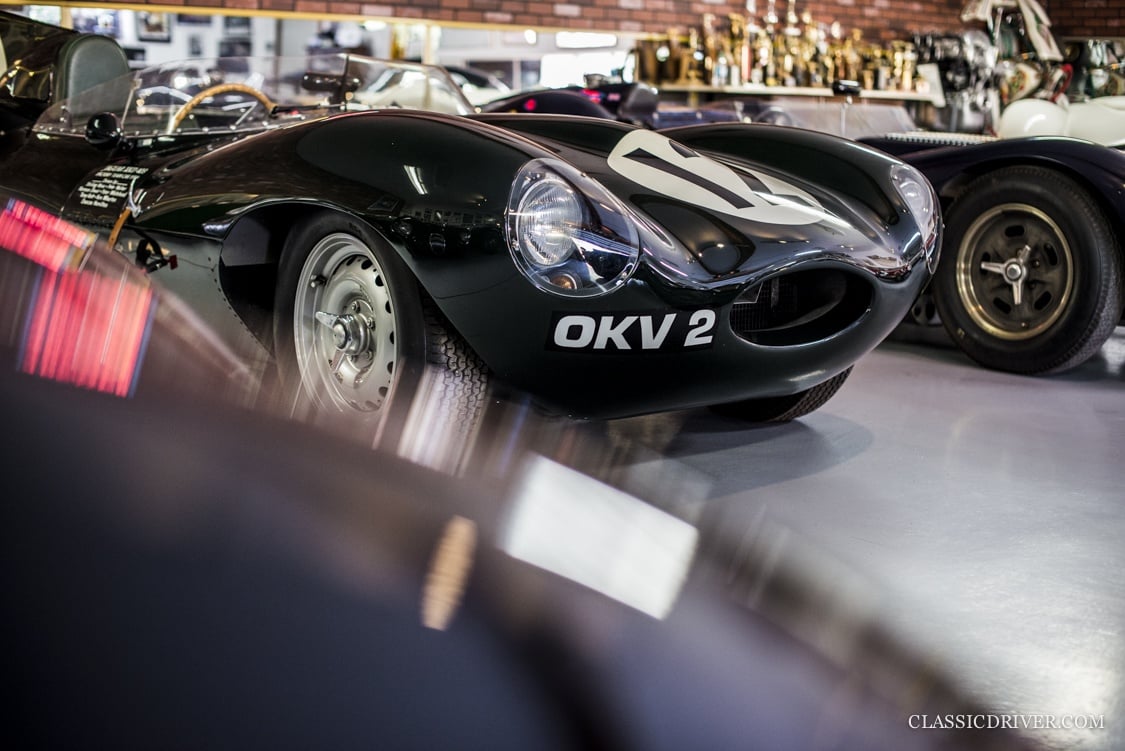
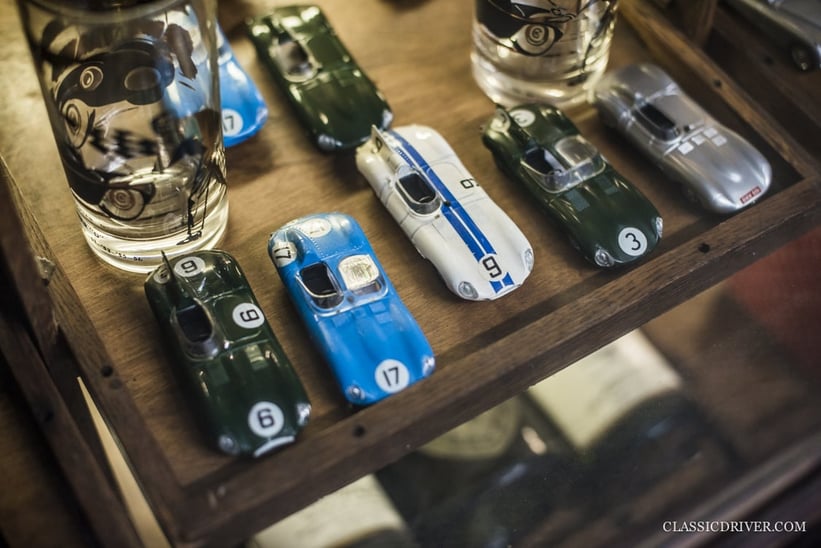
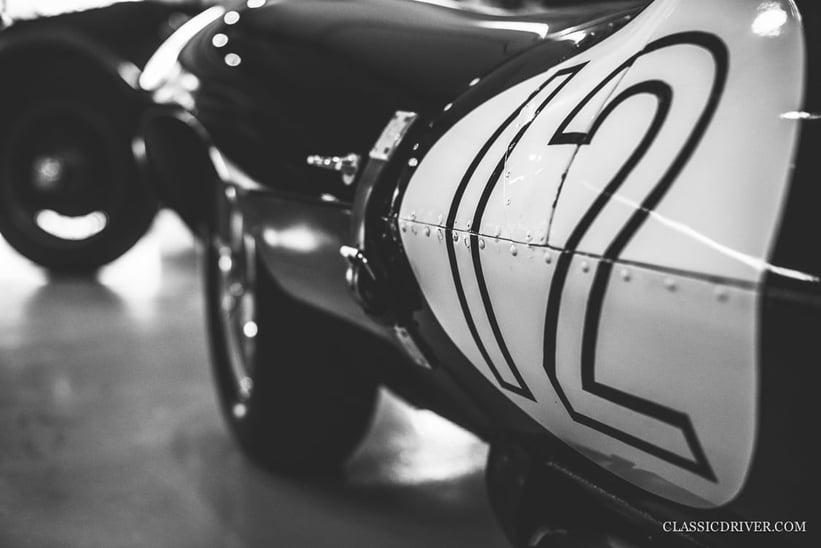
Another love affair kindled in 1999 when Larson acquired OKV 2, the lead factory D-type driven by Stirling Moss and Peter Walker at Le Mans in 1954. “It was just one of the times my wife told me I was nuts,” quips Larson. “Prior to shipping the car home, I received an invitation from Goodwood to participate in the Revival. The first time I saw, sat in, and drove the car was at Goodwood, in the pouring rain. It was great.” Twelve years of happy ownership followed, during which Larson put over 20,000 miles on the car. And Norman Dewis raced it twice at Monterey.
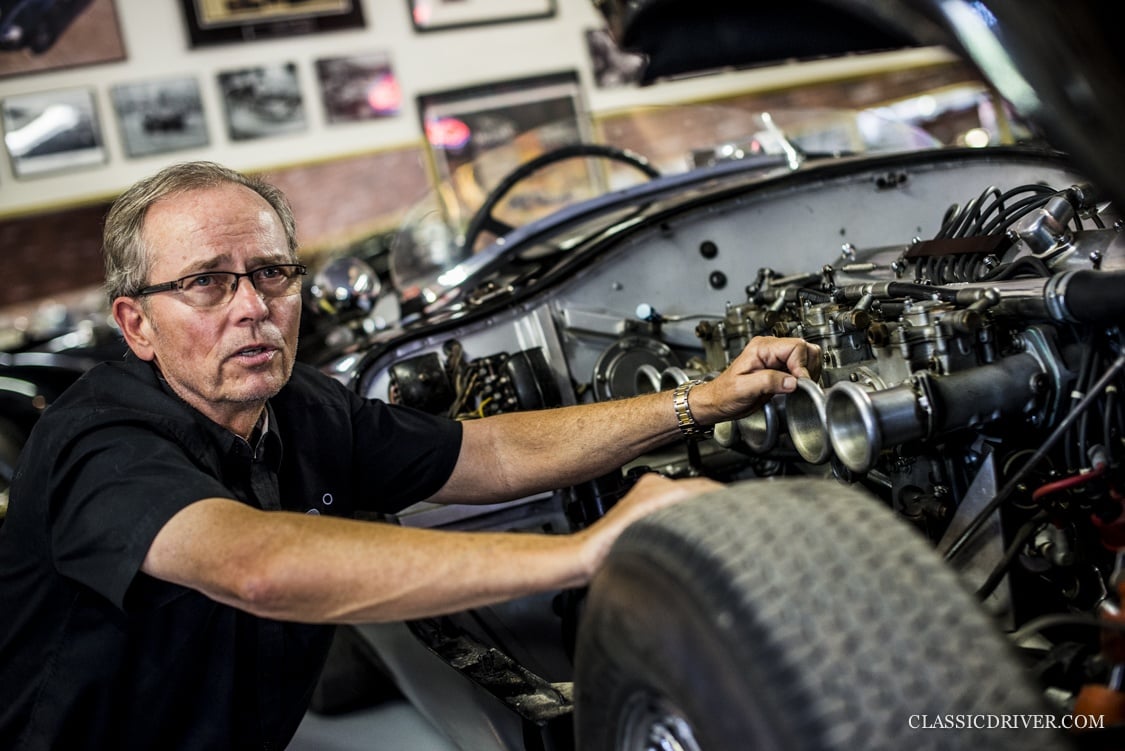
The story is indicative of Larson’s deep-rooted passion and respect for these cars, and the relatively small world that surrounds them. “I’ve been so fortunate to spend my life doing what I enjoy, and these cars are a part of history — we don’t really own them, rather we’re their caretakers,” he concludes. “Their souls are more than their material worth — they encompass the hearts and souls of those who designed, built, and tested them, in addition to the people who’ve owned them and added to their histories.”
Self-effacing and supremely knowledgeable, Larson is a credit to Jaguar. Here’s hoping the next generation of stateside enthusiasts is inspired to carry the mantle in the same admirable fashion. Who doesn’t love big cats?
Photos: Rémi Dargegen for Classic Driver © 2018
